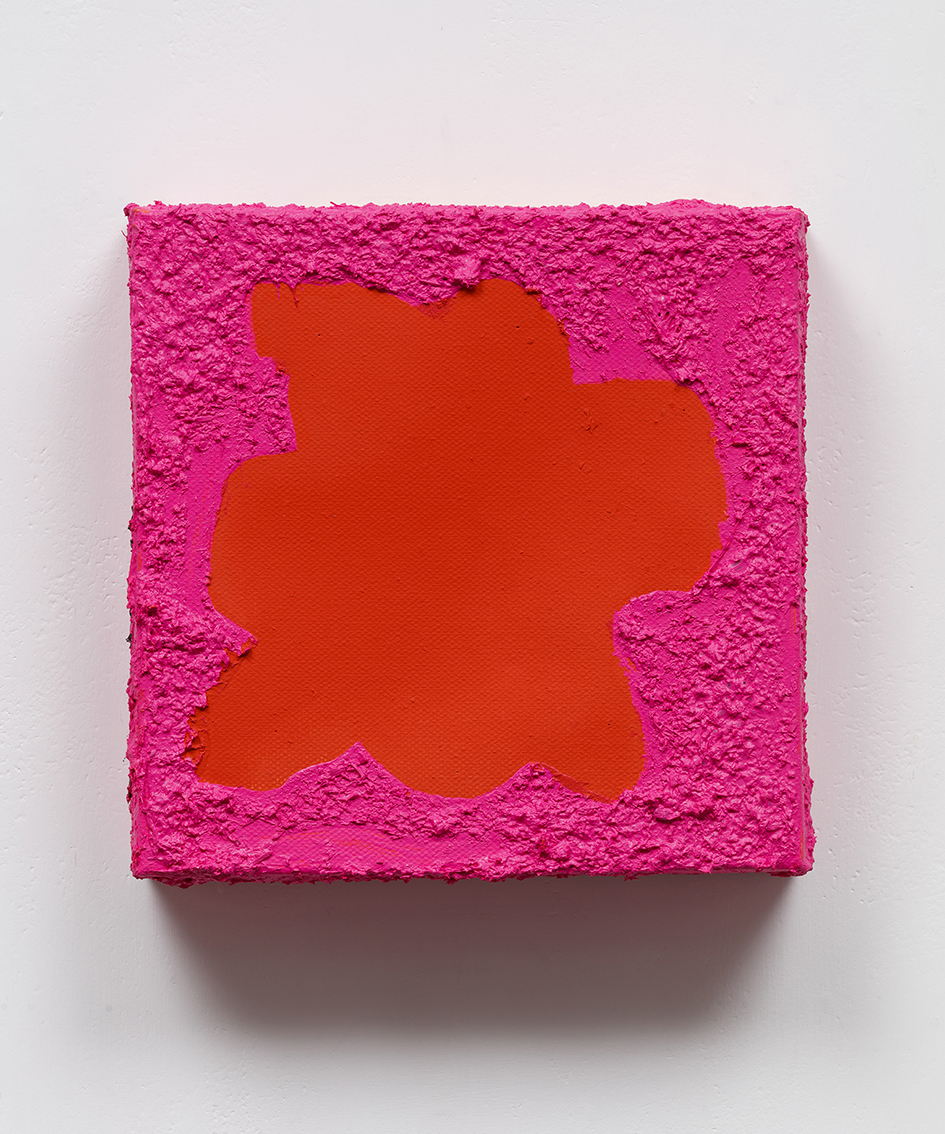|
● Boris Berezovsky-Liszt Transcendental Etudes『Mazeppa』●
● Preludio in C ● Molto vivace in a ● Paysage in F ● Mazeppa in d ● Feux Follefs in Bb ● Vision in g ● Eroica Eb ● Wild Jagd in c ● Ricordanza in Ab ● Allegro agitato molto in f ● Harmonies du Soir in Db ● Chasse Naige in bb
● Plays the Piano by Boris Berezovsky ●
■ Transcendental Etudes - Liszt ■
The Transcendental Etudes contain extreme technical
difficulties, such as the right hand configuration and left hand leaps in the Transcendental Etude No. 5. ● The Transcendental Etudes (French: Études d'exécution transcendante), S.139, are a series of twelve compositions for solo piano by Franz Liszt. They were published in 1852 as a revision of a more technically difficult 1837 series, which in turn were the elaboration of a set of studies written in 1826:
● HistoryThe Transcendental Etudes S. 139 began in 1826, as a set of youthful and far less technically demanding exercises called the Étude en douze exercices (Study in twelve exercises) S. 136. Liszt then elaborated on these pieces considerably, and the far more technically difficult exercises called the Douze Grandes Études (Twelve Great Studies) S. 137 were then published in 1837. The Transcendental Etudes S. 139 are revisions of his Douze Grandes Etudes. As the third and final version, this set was published in 1852 and dedicated to Carl Czerny, Liszt’s piano teacher, and himself a prolific composer of etudes. The set included simplifications, for the most part; in addition to many other reductions, Liszt removed all stretches of greater than a tenth, making the piece more suitable for pianists with smaller hands and less technical skill. However, the fourth etude of the final set, Mazeppa, is actually more demanding than its 1837 version, since it very frequently alters and crosses the hand to create a “galloping” effect[citation needed] . When revising the 1837 set of etudes, Liszt added programmatic titles to all but the Etudes Nos. 2 and 10. These titles are in French and German. Later, one of Liszt’s editors Ferruccio Busoni gave the name Fusées (“Rockets”) to the Etude No. 2, and the name Appassionata to the Etude No. 10; however, Busoni’s titles are not commonly used or well known. ● Other works with a similar title
● Pablo Picasso - Lire ● | ||
'Lecture Concert' 카테고리의 다른 글
| 드뷔시 : 프렐류드 <1> (0) | 2015.07.09 |
|---|---|
| Beethoven - Sonata 21「Waldstein」 (0) | 2015.07.09 |
| 라자르 베르만 - 마제파 (0) | 2015.07.08 |
| 프란츠 리스트 : 순례의 해 (0) | 2015.07.08 |
| 드뷔시 : 기쁨의 섬~* (0) | 2015.07.08 |


